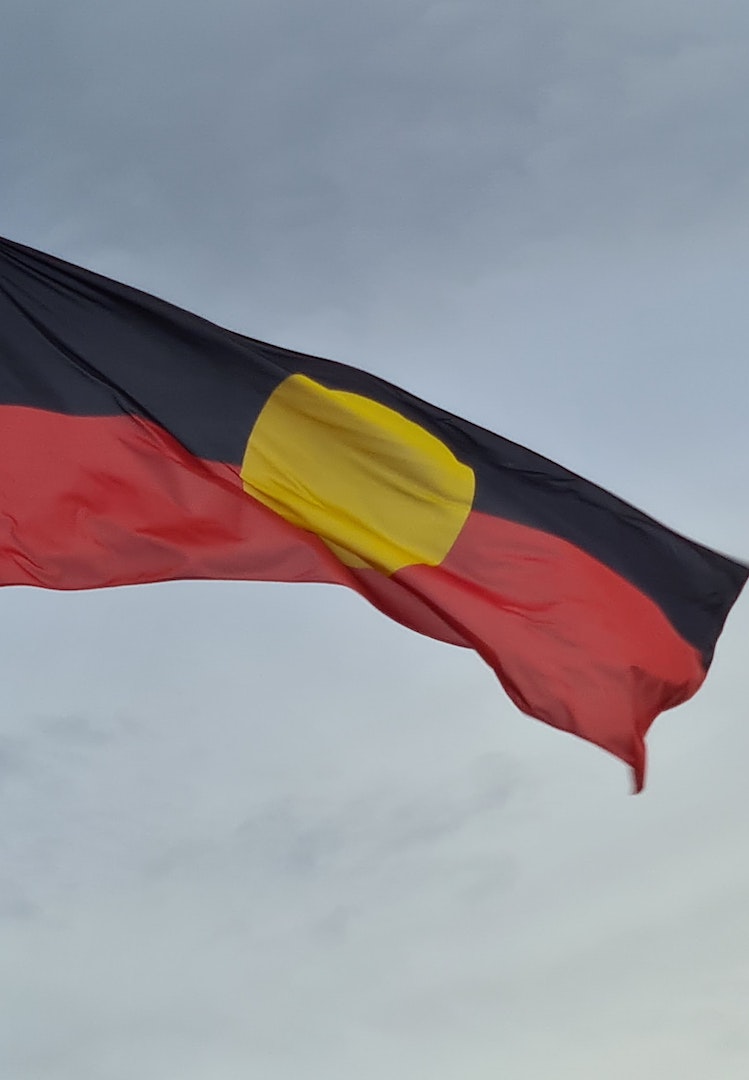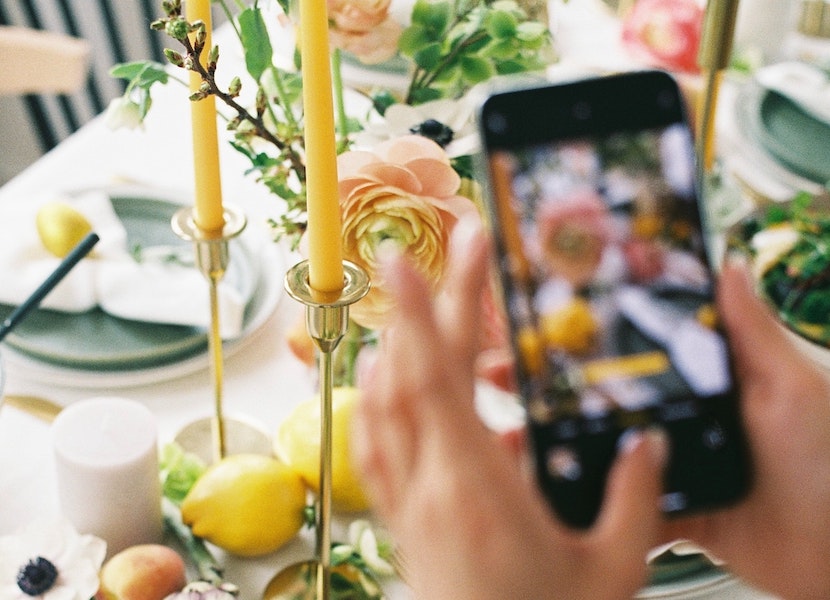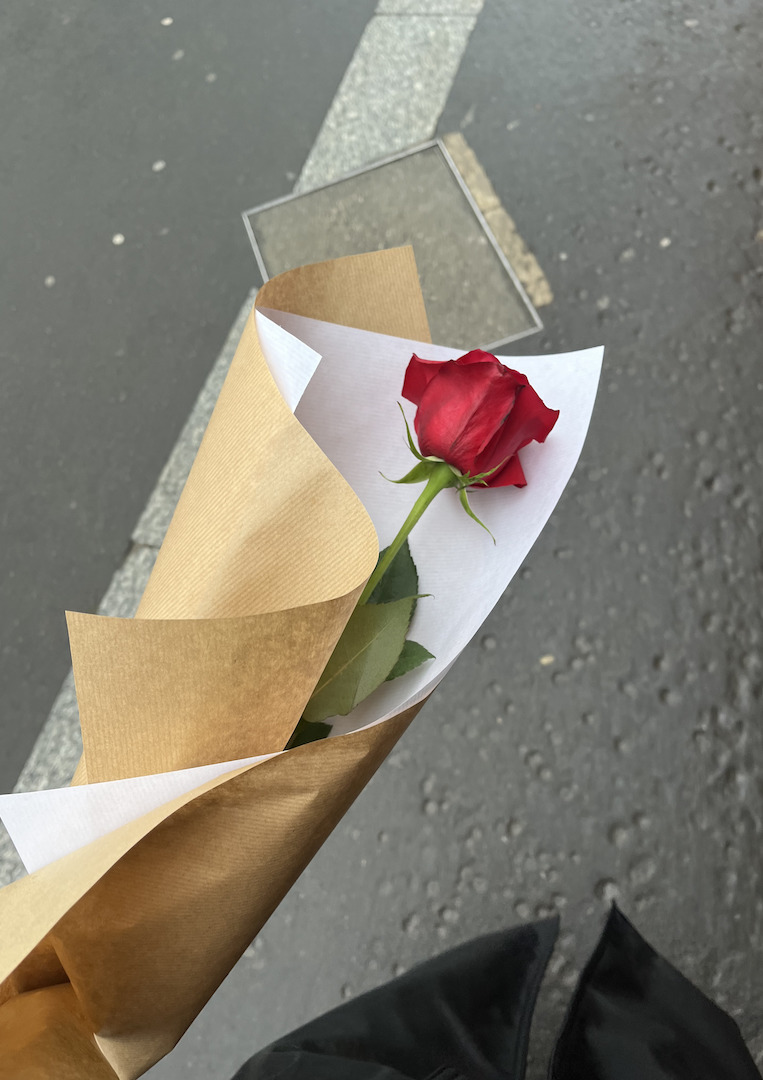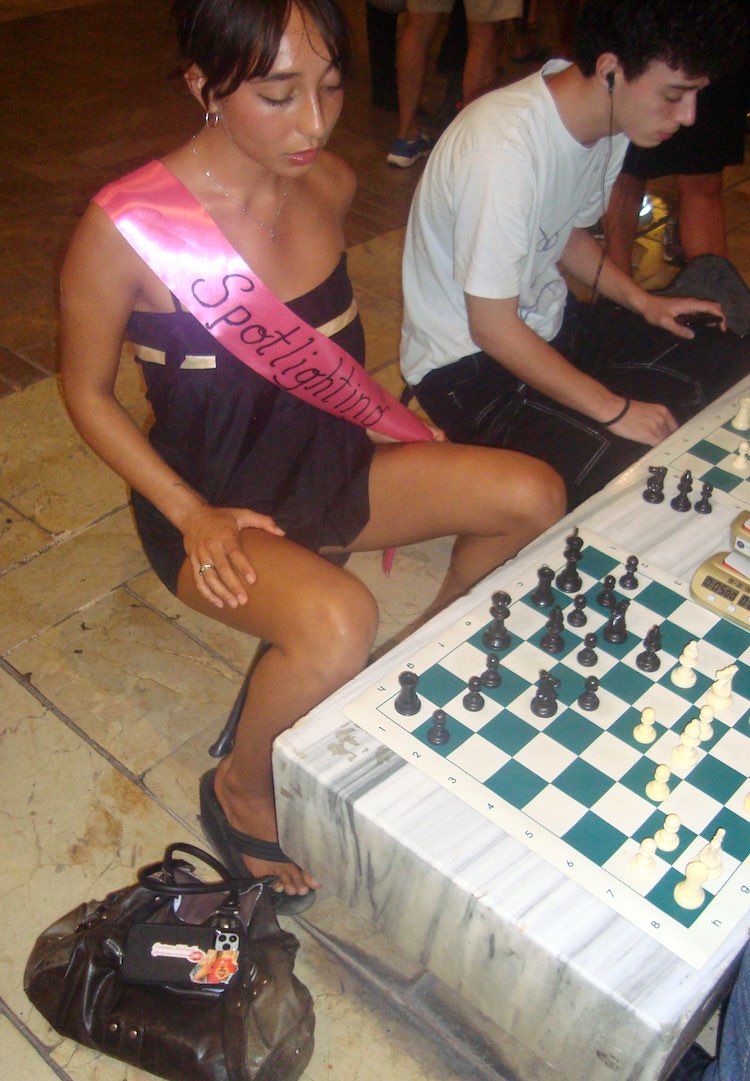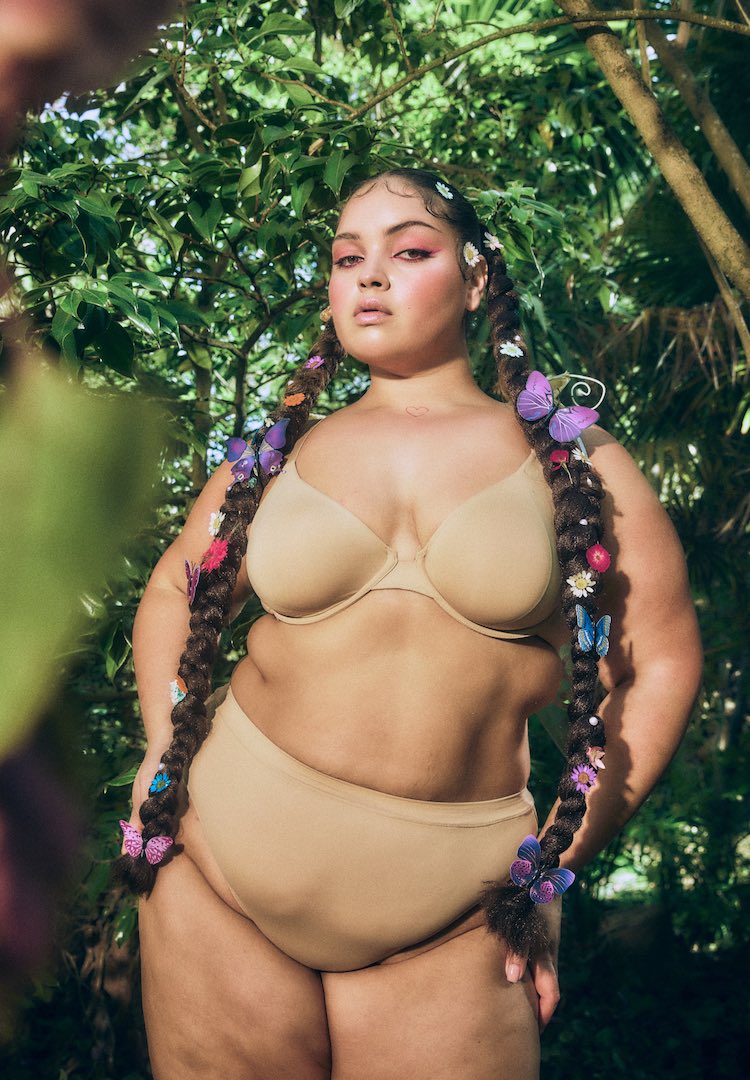Here’s how cooking became my new love language
WORDS BY TOM DISALVO
“It’s not just about the food as sustenance, it’s about the effort and care the cook puts into the dish that the person receiving will not just taste, but feel.”
Rock up to a first date and you’ll likely encounter a few staple ice-breakers. There are familiar topics like university studies, favourite movies, and the three people, living or dead, who you’d like to share dinner with. After you (correctly) answer Lisa Rinna, David Attenborough and Jackie Kennedy – none of whom would dare ask something as banal as what your year ten electives were –the conversation will too often veer toward cryptocurrency, in which case you’re obligated to take your meal to-go and relocate elsewhere to touch some grass.
You’ll then arrive at what was perhaps the crux of the small talk all along. “What’s your love language?” they ask in the tone of a high schooler inviting you to seven minutes in heaven. The childishness of the concept struck me when it was proposed by my now-boyfriend on our first date. To me, simplifying something like love into five categories felt about as reductive as any number of romantic comedies starring Jennifer Lopez.
Interested to hear how others navigate the world? Head to our Life section.
People don’t actually have meet-cutes where they ‘accidentally’ spill coffee on their future husband, just as couples can’t actually be defined by a few ways they give and receive love. Part of me wished that the gift-giving love language also included gift-receiving, so I had a valid answer that would also result in a new pair of socks. I nonetheless fumbled a reply and mentioned star signs as a distraction (a true Sagittarian), all the while believing I needed a literacy class on the language of love.
Then, months later, we cooked our first meal together and something clicked. Granted, it was a standard hangover breakfast containing enough bacon grease to fuel the Titanic, but as we groggily whisked eggs and plated the dish with the flair of a MasterChef contestant (aka a splattering of barbecue sauce), I noticed a closeness between us that challenged my ideas of what a love language could be.
I’d long thought that the way to one’s heart is through their stomach since nothing drops my panties quicker than a medium-rare steak. If said steak was prepared by someone who even remotely resembles Salt Bae, then it’s truly game over. What I hadn’t considered, however, was how the cooking process behind the steak could foster my relationship far better than if I’d simply ordered it at dinner, even though the bloat of heavy protein would not be on my third-date menu (for obvious reasons).
Culinary Art Therapist Julie Ohana understands the intimacy of spending time with your partner in the kitchen. “Cooking together helps create and foster a bond between people,” she tells me. Now having graduated from that debut breakfast wrap – which sounds much bougie-er than the reality of burned bacon and tortillas – Julie’s insights around cooking as a communication tool ring especially true.
“When two people are working together on a recipe, they are forced to communicate,” she explains. “They must create a plan of action [and] decide who will do which tasks.” The very nature of a recipe calls for a level of communication and teamwork that isn’t always required in other forms of quality time. As Julie puts it, “There is discussion involved and decisions to be made, [and] you feel more connected when you work as a team”.
It’s the kind of bond-building you wouldn’t need to exercise during something like a movie date. And while a Hoyts visit is useful for when you just want your partner to zip it for 90 minutes (hot tip: Avatar 2 provides an even longer break), the benefits of cooking with your boo reach beyond just kitchen-based teamwork.
Once completed, the meal itself creates “a sense of accomplishment and purpose,” Julie says. “Being able to sit and enjoy the fruits of your labour helps you connect.” It’s the same satisfaction I imagine people feel when they successfully change a tyre (couldn’t be me), and it’s why, after working in tandem for our common goal, my boyfriend and I will subject our finished meals to Leibovitz-level photoshoots.
“When you partner up to create something tasty, you feel proud and confident,” Julie explains. On top of that accomplishment – a feeling so relishable it’s resulted in enough servings to feed a small nation – cooking also provides a unique sensory experience for my boyfriend and I. By activating all five senses, cooking creates a state of mindfulness that allows couples to be “present in the moment,” Julie says.
“When we foster and practise this skill, we can hone in on being present with the people that matter most, and really invest in making the relationship meaningful.” With an understanding of these benefits of communication and the satisfaction of shared, sensory labour, I now see cooking as the only love language worth speaking. The act of service tied to cooking is clear, but perhaps no other activity touches on each of the remaining languages with quite such depth, from the quality time spent in the kitchen to the gift-giving that is an overcooked breakfast tortilla.
Beyond that, cooking engenders a mindful state in which the languages of physical touch and words of affirmation become unavoidable, at least until you forget to salt the pasta water and your partner silently laments their bland bolognese. It’s in combining all of these romantic expressions that cooking becomes worthy of its own, sixth entry into the love language handbook.
“When someone cooks for anyone else, it is an act of love,” Julie says. “It’s not just about the food as sustenance, it’s about the effort and care the cook puts into the dish that the person receiving will not just taste, but feel.” It’s with this understanding that all you lovelorn folks who dodged the inevitable love language chatter can rest assured. While it might not be the subject of a Taylor Swift album, cooking is perhaps the purest love song of all.
All of this is not to say that only the Gordan Ramsays and Remi from Ratatouilles of the world can reap the benefits of shared cooking. As Julie explains, “It’s about intention and love more than it is about being a five-star chef”. It may actually work in your favour if you’re the type to somehow burn water since this gives you and your partner “room for shared growth and mastery which further builds the connection,” Julie says.
So go forth with spatulas in hand. Throw flour at each other gleefully like they do in those Jennifer Lopez movies. Take up a shared activity that teaches communication and teamwork, and engenders a multi-sensory space for mindful interactions. Invite Lisa Rinna over to enjoy the fruits of your collaboration. And perhaps above all, do not forget to salt the pasta water.
For more on cooking as a love language, try this.

